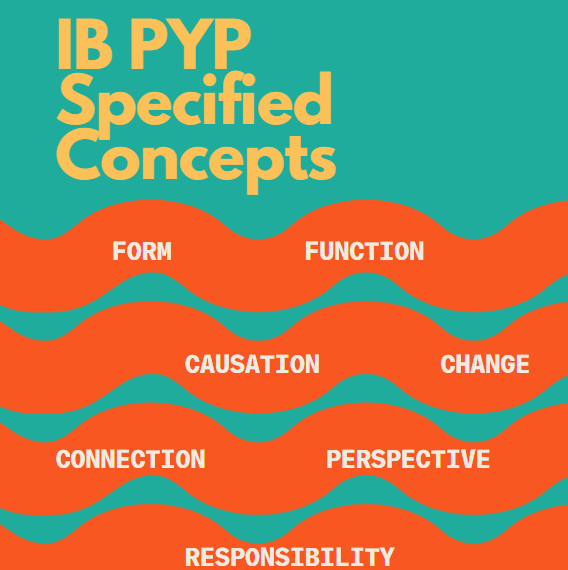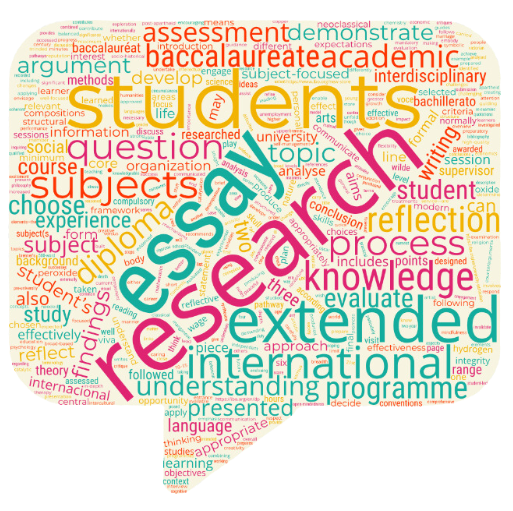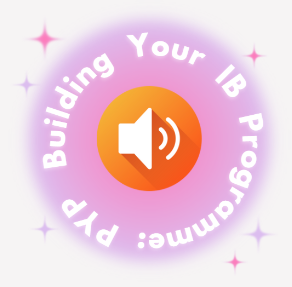Updated: Apr 28, 2023
I have been on a fifteen-year journey with fellow educators to explore and share the what, why, and how to promote inquiry in the classroom and school cultures. As I encounter new colleagues that want to either learn more about this topic to help others understand the importance of inquiry-based experiences, I thought a quick presentation of ideas to use and expand upon might be useful.
What is Inquiry-Based Learning?
Merriam-Webster defines “inquiry” as 1- a request for information; 2- a systematic investigation; 3- examination into facts or principles. These synonyms are provided as well: delving, exploration, inquisition, investigation, probe, research, and study. These words serve as clues to how to unlock the ways we can engage students in inquiry-based learning, but for now, using our WHAT findings, our questions are:
-
How do we get learners to request the information we want them to know?
-
What might we do to structure systematic investigations?
-
What can we do to lead students to examinations into facts or principles?
Why Should We Create A Culture Of Inquiry In the Classroom?
Now that we looked at what inquiry-based learning is, one might wonder, so what? Why should we create a culture of inquiry in the classroom? The beneifts of inquiry-based learning are student-centered, self-directed learning, as well as learners that are critical thinkers, reflective, and inquirers. Inquiry in the classroom breeds inquisitive learners.
Merriam-Webster’s definitions for “inquisitive” are: 1- given to examination or investigation, and 2- inclined to ask questions.
If we want our students to be motivated, lifelong learners as so many of our school mission statements express, we would need our students to be disposed towards examination, investigation, and asking questions. We would want them to be intellectually curious beings.
Additionally, researchers at the University of California Davis Center for Neuroscience (1) discovered two important findings, 1- Curiosity helps learning and memory, and 2- Curiosity makes learning more enjoyable. We all know that drive to know something feeling when we are curious about topic X, and the satisfying feeling when we discover the answers to our inquiries.
How to Promote Inquiry in the Classroom?
With our “What?” and our “So what?” figured out, let’s think about how can we create a culture of inquiry in our classrooms?
We can use a three-pronged approach that entails serving as role models of curious thinking, designing opportunities for formulating questions, and providing guidance as learners share their thinking. These steps would look like this:
Model: Provide a big idea provocation at the beginning of a learning experience, unit, or situation under consideration that is significant enough to provoke learners to adopt an interest.
Design: Create learning experiences that provide opportunities for learners to make and share their questions that evolve from our provocation. The gold ring of the Verb Wheel below can spark ideas for processes that can be used when designing the learning.
Guide: Facilitate learner reflection for connections to self, previous learning, and the world.
Below are some final thoughts on initiating inquiry with our learners.
Creating the Provocation
To create the provocation, we can use pictures, videos, a field trip, scenarios, expert speaker, propaganda, articles, literary excerpts, charts, data, demonstration, role play, etc.
Integrating Student Questions
We can document learner questions in a shared space, such as a Wonder Wall, as well as learner’s individual reference spaces like a journal. Also, we can encourage and show value to learners asking questions, wondering, and hypothesizing.
Facilitating Student Connections
Ask learners to choose to create products such as graphs, sculptures, diagrams, recordings, events, magazine articles, poems, cartoons, or plays, to further process their thinking on the topic under examination.
Facilitating Student Connections
Learners can be guided to reflect and connect by being asked to choose from student products like the ones in the green ring below, to further process their thinking on the topic under examination.

Designed by Ken Halla and Daniel Moirao, CalState Technology Enhancement Project
Citations
(1) Cell Press. (2014, October 2). How curiosity changes the brain to enhance learning. ScienceDaily. Retrieved March 10, 2020 from www.sciencedaily.com/releases/2014/10/141002123631.htm
Author
-

Jill is the CASIE Director of Education. She has a Master’s degree in Educational Leadership from Clark Atlanta University and a Bachelor’s degree in Education from The Ohio State University. Her past work experience includes serving as a teacher, IB coordinator, assistant principal, associate principal, 12 years as a principal with the last 7 leading an IB World School, Executive Director of Academic Programs including all four IB Programmes, head of of Curriculum and Assessment for Marietta City Schools, and an IB Educator Network programme leader. She enjoys learning, reading, walking, spending time with her husband, daughter, son, daughter-in-law, and friends.
View all posts




